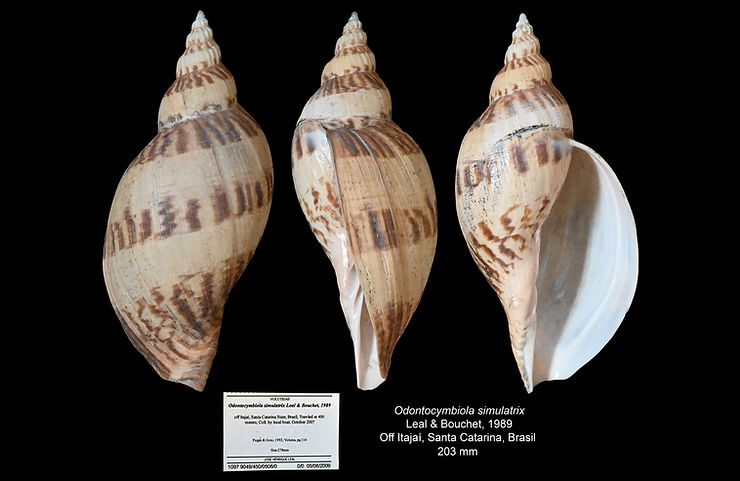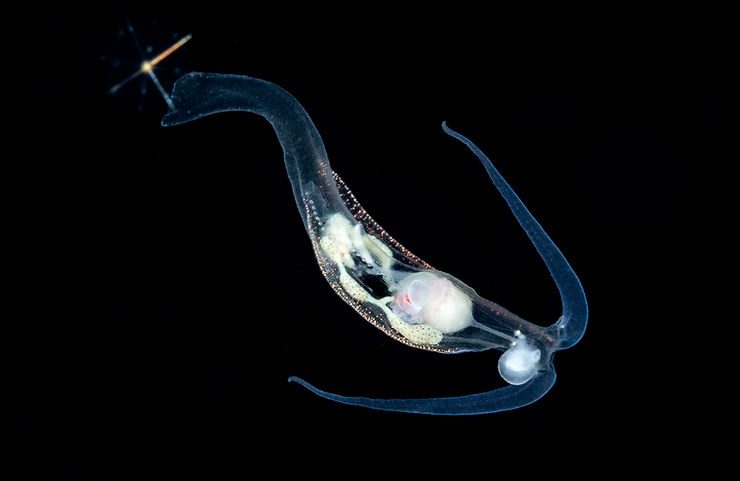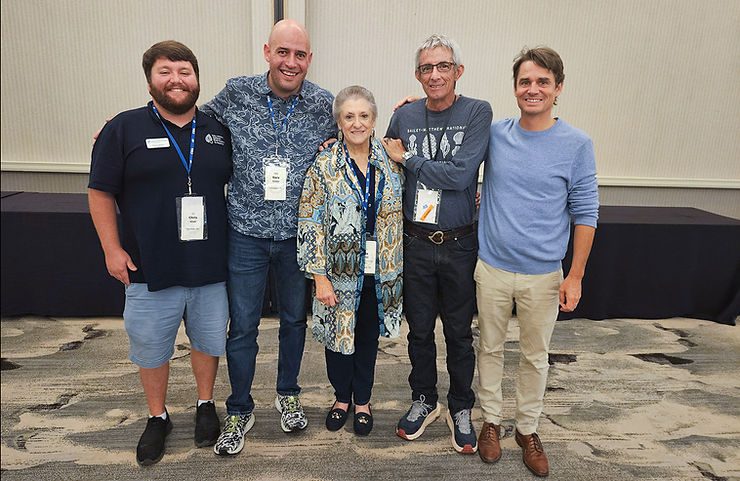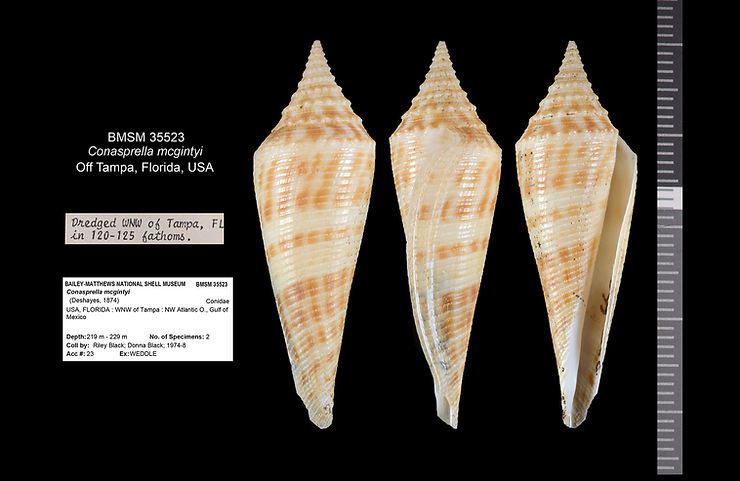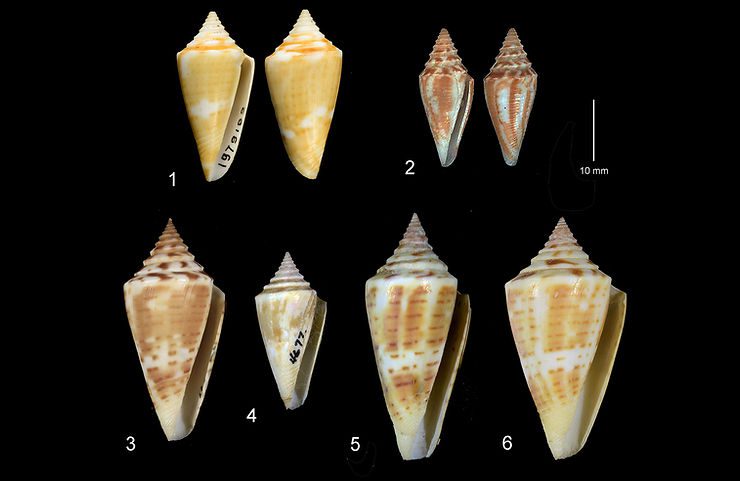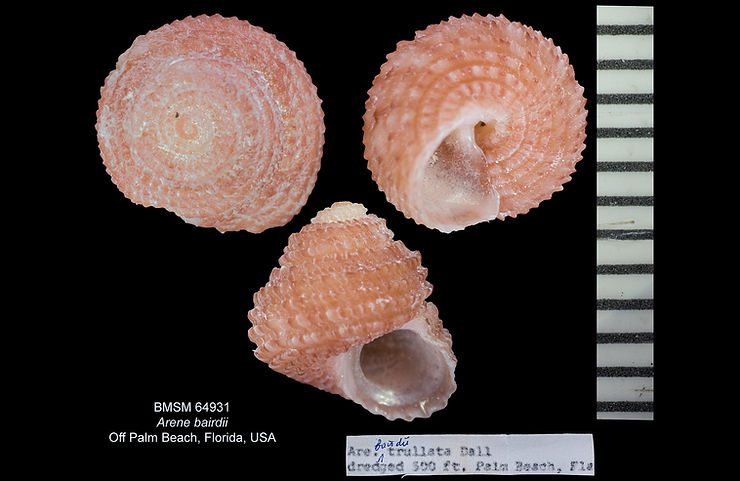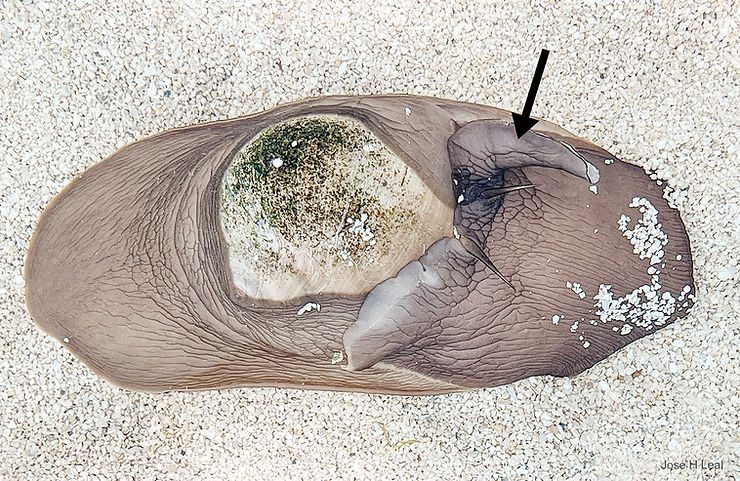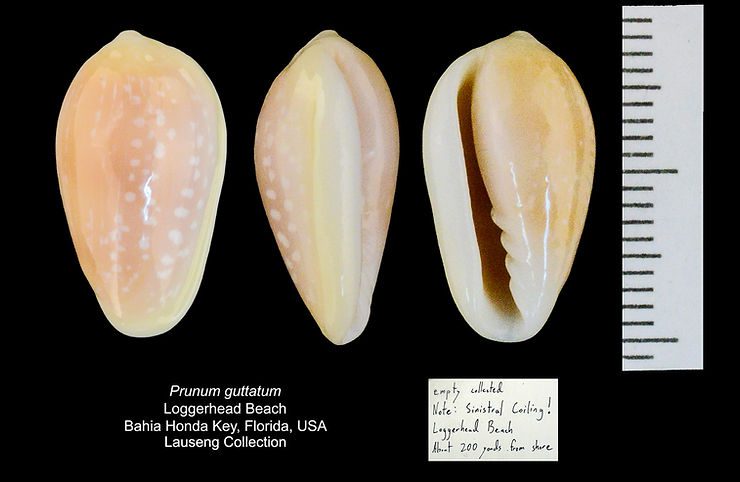
Shell of the Week: A Left-handed White Spot Marginella
This sinistral Prunum guttatum won the "Shell-of-the-Show, Self-collected" award at the Sanibel Shell Show (March 2024). It was part of an exhibit prepared by students and National Shell Museum & Aquarium volunteers Holt and Cabe Rieck. Their exhibit also won the Environmental Awareness Award at the show, as it dealt with the potential effects of temperature change on mollusks in the Florida Keys. Holt and Cabe collected this "one-in-a-million" shell at Loggerhead Beach at Bahia Honda Key. #pr
